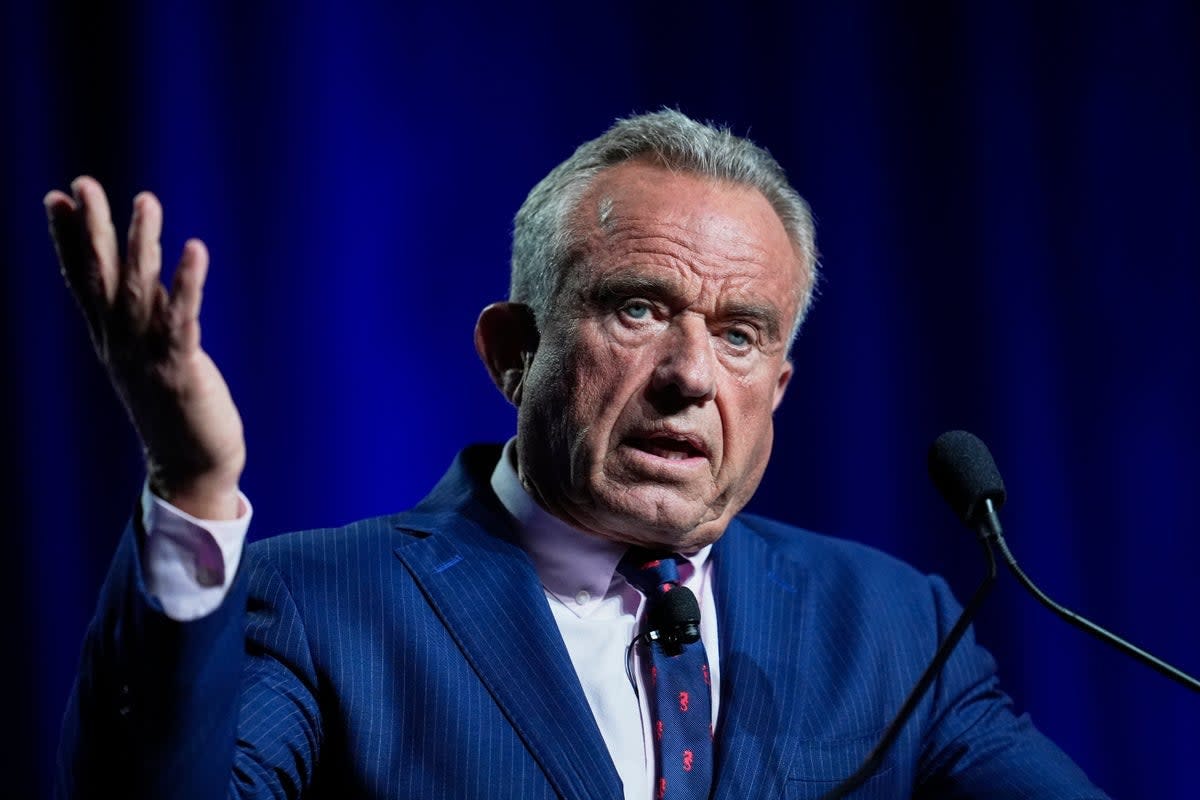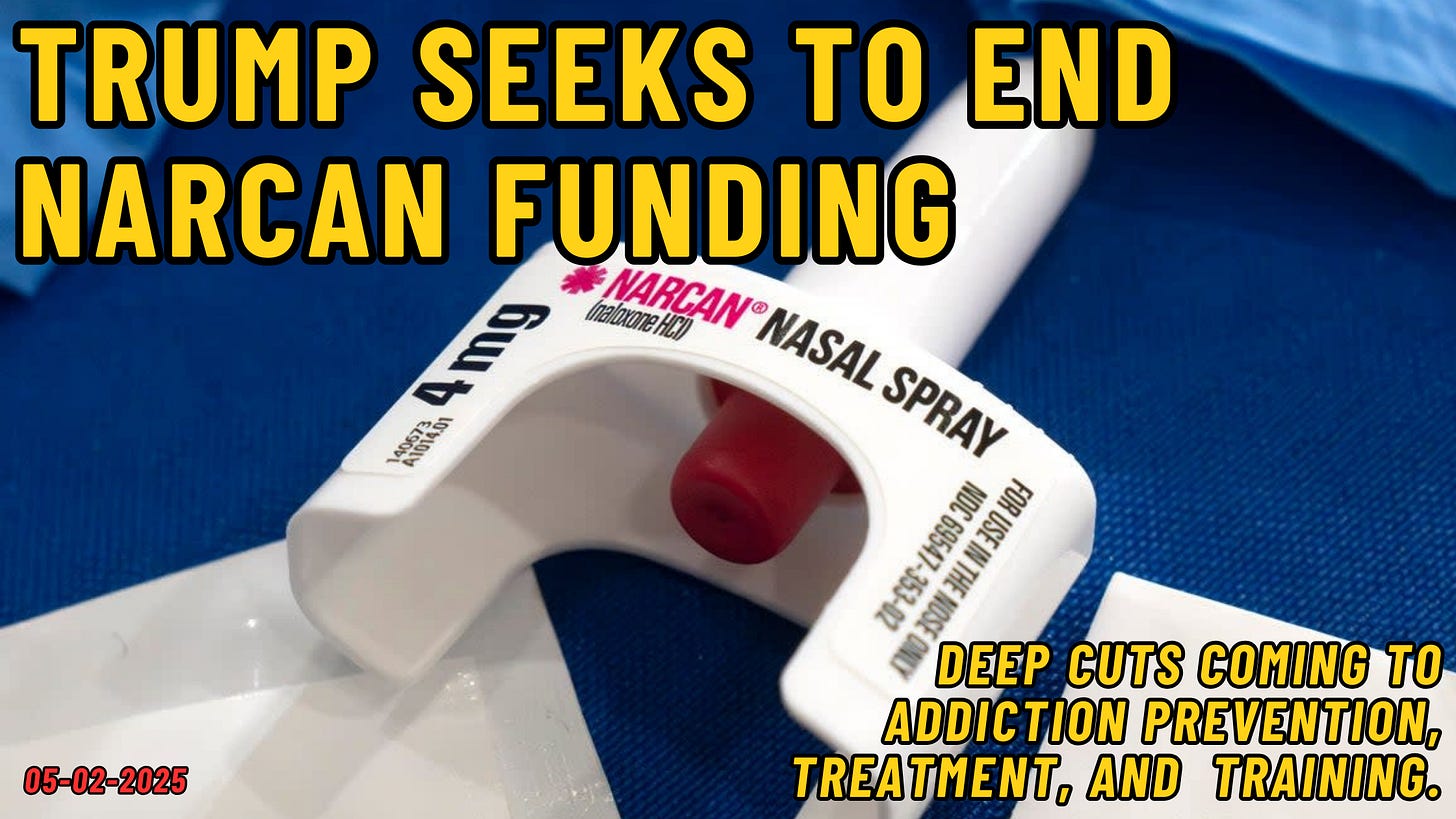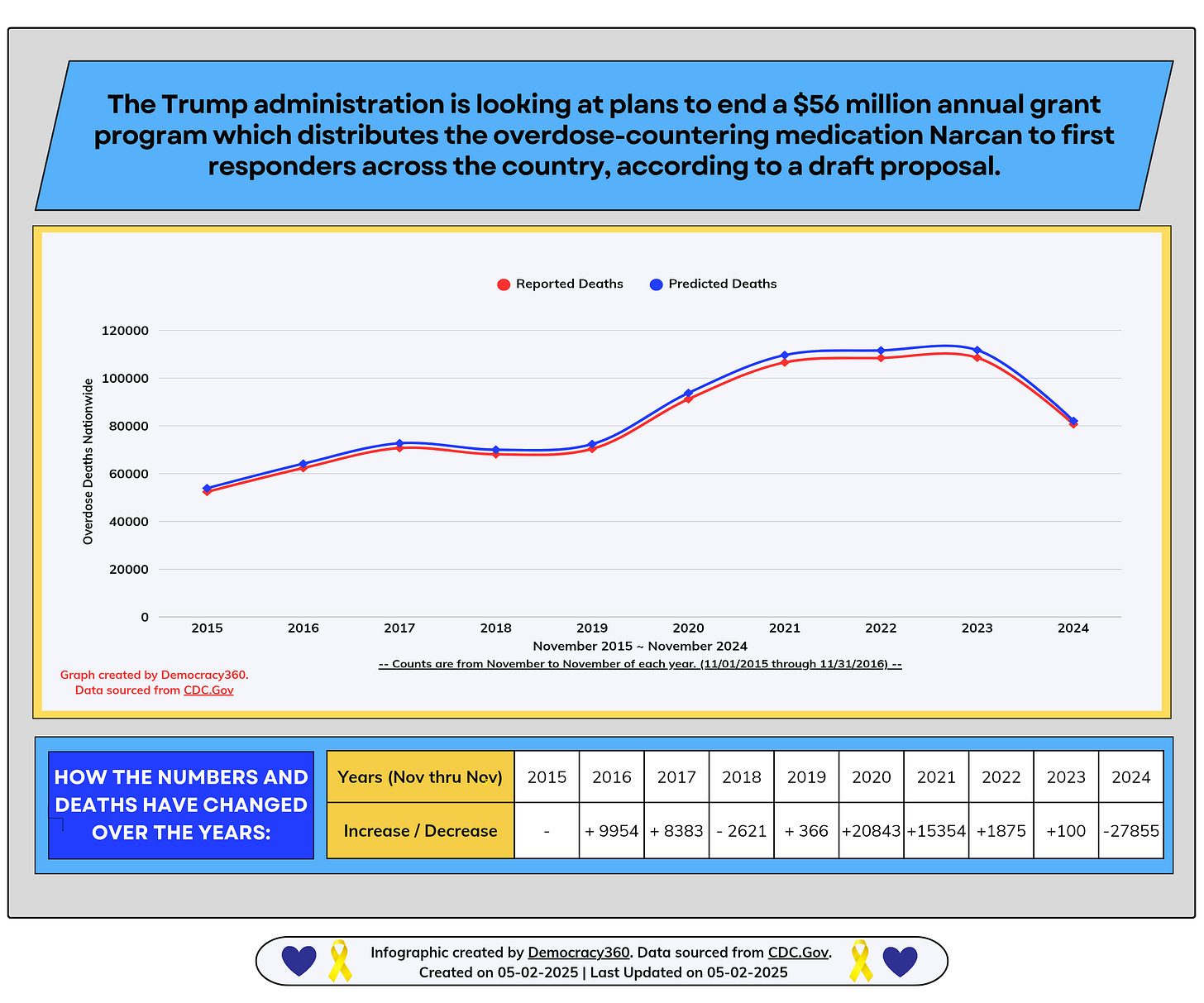Just two short years ago, the U.S. found itself deep in the worst phase of its never-ending drug overdose crisis—over 110,000 lives lost in just 12 months. That’s nearly double the death toll of the entire Vietnam War, in case anyone still needed perspective.
Then, almost as if by surprise, some rare good news emerged late last year: overdose deaths actually dropped by 10 percent. Yes, a whole decade into the crisis, and we finally saw a decline—our first since 2018. But don’t pop the champagne just yet. Back in 2018, the so-called "progress" barely lasted before deaths climbed again.
This time, though, the numbers are—miraculously—still going down. The CDC’s most recent data shows overdose deaths in 2024 have plunged 26 percent, to under 81,000 annually. And some of the states most devastated by the opioid epidemic—West Virginia, New Hampshire, and Ohio—have somehow managed a 40 to 50 percent reduction. Imagine that: meaningful progress, only decades and countless lives too late.
It would be a safe assumption that part of that decline is due to the funding of Narcan and the nationwide training on how and when to use it.
The Trump administration is reportedly considering scrapping a $56 million annual grant that provides Narcan—an overdose-reversing medication—to first responders across the country. According to a draft proposal, the administration seems keen on pulling back from multiple addiction prevention and treatment efforts, including the apparently frivolous idea of training community responders to save lives.
A draft budget document, obtained by The Washington Post, outlines sweeping cuts to federal health programs. Among the apparent priorities: eliminating efforts that have demonstrably prevented deaths during the ongoing opioid crisis.
Narcan—also known as naloxone—is a nasal spray that reverses opioid overdoses within minutes. It’s a staple tool in combating fentanyl-related deaths. But hey, state and local governments can always scramble to find their own solutions, right?
Experts, unsurprisingly, are alarmed. Some even suggest that gutting the program signals a federal indifference—or worse.
“Reducing the funding for naloxone and overdose prevention sends the message that we would rather people who use drugs die than get the support they need and deserve,”
said Dr. Melody Glenn, an addiction medicine physician at the University of Arizona, to The New York Times.
The grants, administered through the Substance Abuse and Mental Health Services Administration (SAMHSA), have trained 66,000 first responders and distributed over 282,500 Narcan kits in 2024 alone. But in a twist of budgeting genius, the entire agency could be on the chopping block.
“We need this funding source because it’s saving lives every day,”
said Donald McNamara of the LA County Sheriff’s Department.
But apparently that kind of real-world impact isn’t a top budgetary concern.
Of course, Democracy360 notes that the document is “pre-decisional,” so technically no final decisions have been made. But when it comes to rolling back life-saving initiatives, it’s never too early to float the idea.

Even more puzzling? The proposal to slash these programs directly contradicts the public stance of newly appointed health secretary Robert F. Kennedy Jr., who has not only pledged to address the drug crisis but has shared his own personal history with addiction. Last year, while running for president as an independent, he even produced a documentary advocating federal support for addiction recovery.
So, just to recap: The administration wants to eliminate a program that is literally preventing death at what looks to be the peak of the opiod epidemic, all while its new health secretary promotes recovery and support. Sounds totally aligned.













